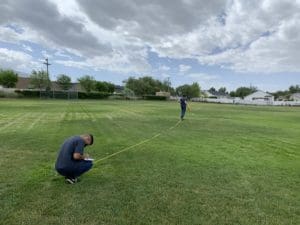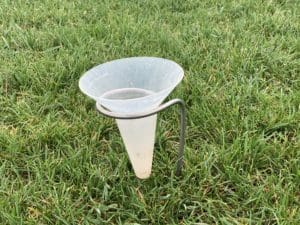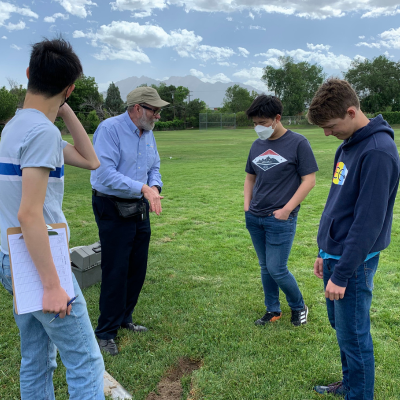 Utah’s wet winter may have eased drought conditions, but state officials are still encouraging Utahns to take steps to conserve water.
Utah’s wet winter may have eased drought conditions, but state officials are still encouraging Utahns to take steps to conserve water.
Despite record-breaking snow and precipitation this spring, a good portion of the state remains in at least a moderate drought, with some areas still in the severe drought category. “Utah is a semi-arid state and its water future is one of the most significant challenges facing us today,” according to the Division of Water Resources.
Canyons District continues to do its part to maintain its green space in line with Utah’s “slow the flow” guidelines. The District has a conservation program in place to apply just enough water to keep its 371 acres of playfields alive. Parking strips and decorative, street-facing areas are scheduled to receive less water, or have been slated for xeriscaping.
Building upon a successful “Water Manager” internship program that has saved upwards of 20 million gallons of water annually for the past seven years, CSD’s Facilities Department is hiring mathematically-inclined high school students this summer will undergo training on tracking water usage with the aim of applying just enough H2O to CSD’s green space to preserve the use of high-use areas.
“We’ll keep our grassy fields, which the public gets a lot of use of. We take seriously our stewardship of these community assets,” said Matthew Wolford, CSD’s Director of Facilities. “We’re also taking advantage of opportunities to landscape parking strips and other decorative areas with rock and low-water plants and trees.”
The new Union Middle School is being landscaped with Utah’s water future in mind. The Brighton, Hillcrest, Glacier Hills, and Peruvian Park campuses are additional examples of drought-resistant landscaping.
Students interested in CSD’s water manager program should email Brandon Wolf: Brandon.Wolf@canyonsdistrict.org. 
Below are additional steps the District has taken to monitor and conserve water.
- We have raised our mower deck height to 4 inches. Keeping the sod longer will help retain moisture.
- Facility Managers will walk their fields daily, looking for problem areas.
- We use a slow-release fertilizer to help control growth while keeping the turf healthy.
- We utilize core aeration on all non-sports fields and deep tine aeration on all sports fields. A minimum of twice a year.
- We encourage patrons to report any broken sprinklers, brown spots, or puddling on our fields by calling: 801-826-5175






